Plate Tectonics
Plate tectonics is the scientific theory that describes the large-scale motions of Earth's lithosphere. It explains the formation, movement, collision, and destruction of Earth's lithospheric plates.
Key Concepts
- Lithosphere: The outermost layer of Earth, consisting of the crust and the upper part of the mantle.
- Tectonic Plates: Large, rigid pieces of the Earth's lithosphere that move and interact at plate boundaries.
- Plate Boundaries: The regions where tectonic plates interact, leading to various geological phenomena such as earthquakes, volcanic activity, and mountain building.
- Convection Currents: Circular movements of mantle material caused by the uneven distribution of heat within the Earth, which is a driving force behind plate tectonics.
Plate Boundaries
There are three main types of plate boundaries:
- Divergent Boundaries: Where tectonic plates move away from each other, leading to the formation of new crust. This process often results in the formation of mid-ocean ridges and rift valleys.
- Convergent Boundaries: Where tectonic plates move towards each other, leading to subduction (one plate is forced beneath the other) or continental collision. These boundaries are associated with the formation of mountain ranges, deep ocean trenches, and volcanic arcs.
- Transform Boundaries: Where tectonic plates slide past each other horizontally, leading to earthquakes along the fault lines. The San Andreas Fault in California is a well-known example of a transform boundary.
Effects of Plate Tectonics
The movement of tectonic plates has numerous effects on Earth's surface, including the formation of mountains, ocean basins, and volcanic activity. It also plays a crucial role in shaping the distribution of continents and the evolution of life on Earth.
Study Tips
To better understand plate tectonics, consider the following study tips:
- Review the different types of plate boundaries and the geological features associated with each.
- Learn about key historical figures and scientific discoveries that contributed to the development of the plate tectonics theory, such as Alfred Wegener and his theory of continental drift.
- Explore real-world examples of tectonic activity, such as the formation of the Himalayas or the Ring of Fire in the Pacific Ocean, to see how plate tectonics shapes the Earth's surface.
- Use visual aids, such as maps, diagrams, and animations, to visualize the movement of tectonic plates and the resulting geological phenomena.
- Practice identifying and explaining the interactions at different plate boundaries, and how they contribute to the dynamic nature of Earth's geology.
[Plate Tectonics] Related Worksheets and Study Guides:
.◂Science Worksheets and Study Guides Kindergarten. Our Earth
Coloring Worksheet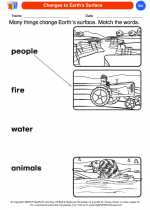 Changes to Earth's Surface
Changes to Earth's Surface  Coloring Worksheet
Coloring Worksheet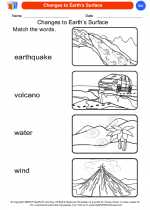 Changes to Earth's Surface
Changes to Earth's Surface  Coloring Worksheet
Coloring Worksheet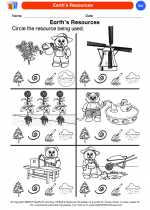 Earth's Resources
Earth's Resources  Coloring Worksheet
Coloring Worksheet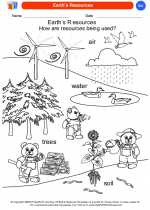 Earth's Resources
Earth's Resources  Coloring Worksheet
Coloring Worksheet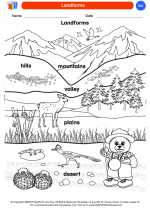 Landforms
Landforms  Coloring Worksheet
Coloring Worksheet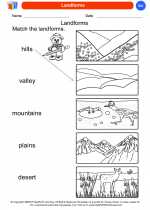 Landforms
Landforms  Coloring Worksheet
Coloring Worksheet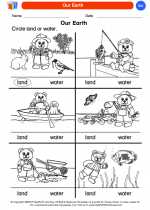 Our Earth
Our Earth  Coloring Worksheet
Coloring Worksheet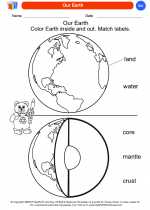 Our Earth
Our Earth  Coloring Worksheet
Coloring Worksheet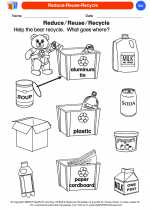 Reduce-Reuse-Recycle
Reduce-Reuse-Recycle  Coloring Worksheet
Coloring Worksheet Reduce-Reuse-Recycle
Reduce-Reuse-Recycle  Coloring Worksheet
Coloring Worksheet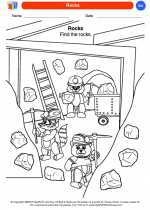 Rocks
Rocks  Coloring Worksheet
Coloring Worksheet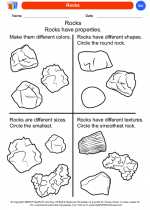 Rocks
Rocks  Coloring Worksheet
Coloring Worksheet Soil Beneath Our Feet
Soil Beneath Our Feet  Coloring Worksheet
Coloring Worksheet Soil Beneath Our Feet
Soil Beneath Our Feet  Coloring Worksheet
Coloring Worksheet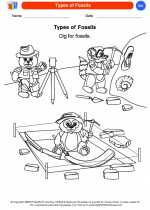 Types of Fossils
Types of Fossils  Coloring Worksheet
Coloring Worksheet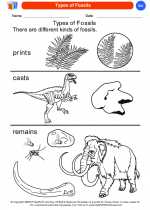 Types of Fossils
Types of Fossils  Coloring Worksheet
Coloring Worksheet Uses of Rocks & Minerals
Uses of Rocks & Minerals  Coloring Worksheet
Coloring Worksheet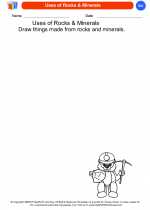 Uses of Rocks & Minerals
Uses of Rocks & Minerals  Coloring Worksheet
Coloring Worksheet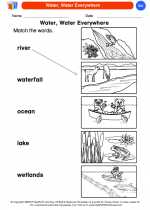 Water, Water Everywhere
Water, Water Everywhere  Coloring Worksheet
Coloring Worksheet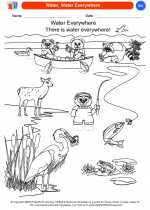 Water, Water Everywhere
Water, Water Everywhere 

 Coloring Worksheet
Coloring Worksheet
 Coloring Worksheet
Coloring Worksheet
 Coloring Worksheet
Coloring Worksheet
 Coloring Worksheet
Coloring Worksheet
 Coloring Worksheet
Coloring Worksheet
 Coloring Worksheet
Coloring Worksheet
 Coloring Worksheet
Coloring Worksheet
 Coloring Worksheet
Coloring Worksheet
 Coloring Worksheet
Coloring Worksheet
 Coloring Worksheet
Coloring Worksheet
 Coloring Worksheet
Coloring Worksheet
 Coloring Worksheet
Coloring Worksheet
 Coloring Worksheet
Coloring Worksheet
 Coloring Worksheet
Coloring Worksheet
 Coloring Worksheet
Coloring Worksheet
 Coloring Worksheet
Coloring Worksheet
 Coloring Worksheet
Coloring Worksheet
 Coloring Worksheet
Coloring Worksheet
 Coloring Worksheet
Coloring Worksheet

The resources above cover the following skills:
EARTH AND SPACE SCIENCE (NGSS)
Earth and Human Activity
Students who demonstrate understanding can:
Communicate solutions that will reduce the impact of humans on the land, water, air, and/or other living things in the local environment.